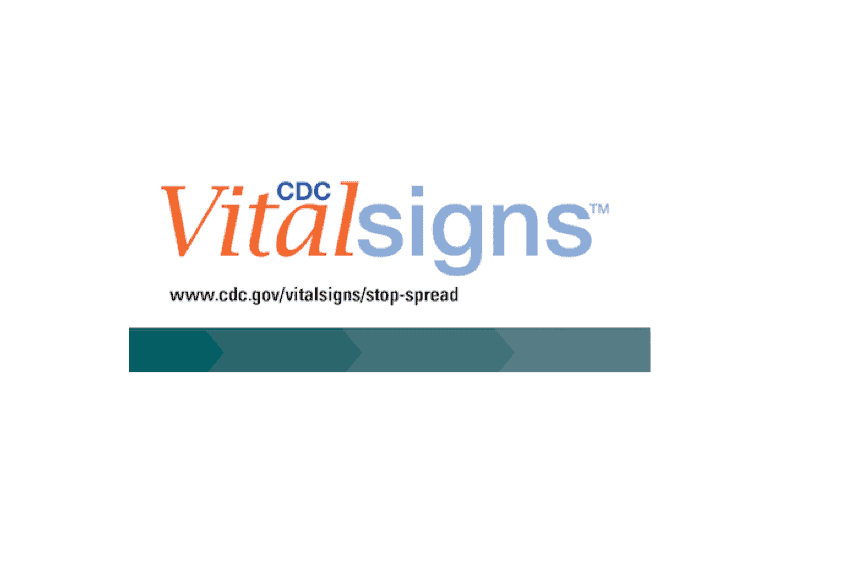August 04, 2015

Today’s Vital Signs monthly report from the CDC highlights an important way to fight antibiotic resistance: by ensuring health care facilities and public health departments coordinate and communicate on drug-resistant infections. Hospitals and health departments can implement shared infection control measures and improve data-sharing to limit the transfer of pathogens—such efforts “could prevent 619,000 antibiotic-resistant and C. difficile infections and save 37,000 lives over five years.”
CDDEP Director Ramanan Laxminarayan offered comments on the Vital Signs report, below:
“We strongly support CDC’s focus on hospital infection control and the spread of germs between healthcare facilities. Combating antibiotic resistance is a critically important task that requires a varied approach, and regionally coordinated infection control between healthcare facilities is is an important component. We hope that the Vital Signs report brings light to this important issue.
In work that CDDEP researchers published in 2005 in the Proceedings of the National Academy of Sciences, we showed that a well-funded, coordinated approach within and between hospitals and public health departments to track resistant infections is integral to curb antibiotic resistance. The MMWR paper released today shows the significant impact such plans can have: CRE, MRSA, Pseudomonas aeruginosa and C. diff are deadly pathogens, and their spread between hospitals puts patients’ lives in danger and allows drug-resistant germs to spread. But it doesn’t take new drugs or millions of dollars in research and development to limit these infections: Shared information and proper surveillance can limit infections and save lives, especially when paired with infection control measures and antibiotic stewardship. In one of the models, 19,000 cases of CRE were averted with shared data and coordinated interventions.
Antibiotic resistance is a major public health issue of our time—not just in the United States, but all over the world. It’s important for us to take initiative and fight antimicrobial resistance in ways that allow us to preserve antibiotic effectiveness as an irreplaceable natural resource. Proper disease surveillance and coordination between health care facilities—such as implementation of these standards—will help keep these life-savings drugs available for years to come.”
CDDEP’s forthcoming State of the World’s Antibiotics report will highlight infection control as a major component of an effective national strategy to combat national resistance, along with antibiotic stewardship, major reductions in animal antibiotic use, education campaigns and other key recommendations. Look for our report in September 2015.











